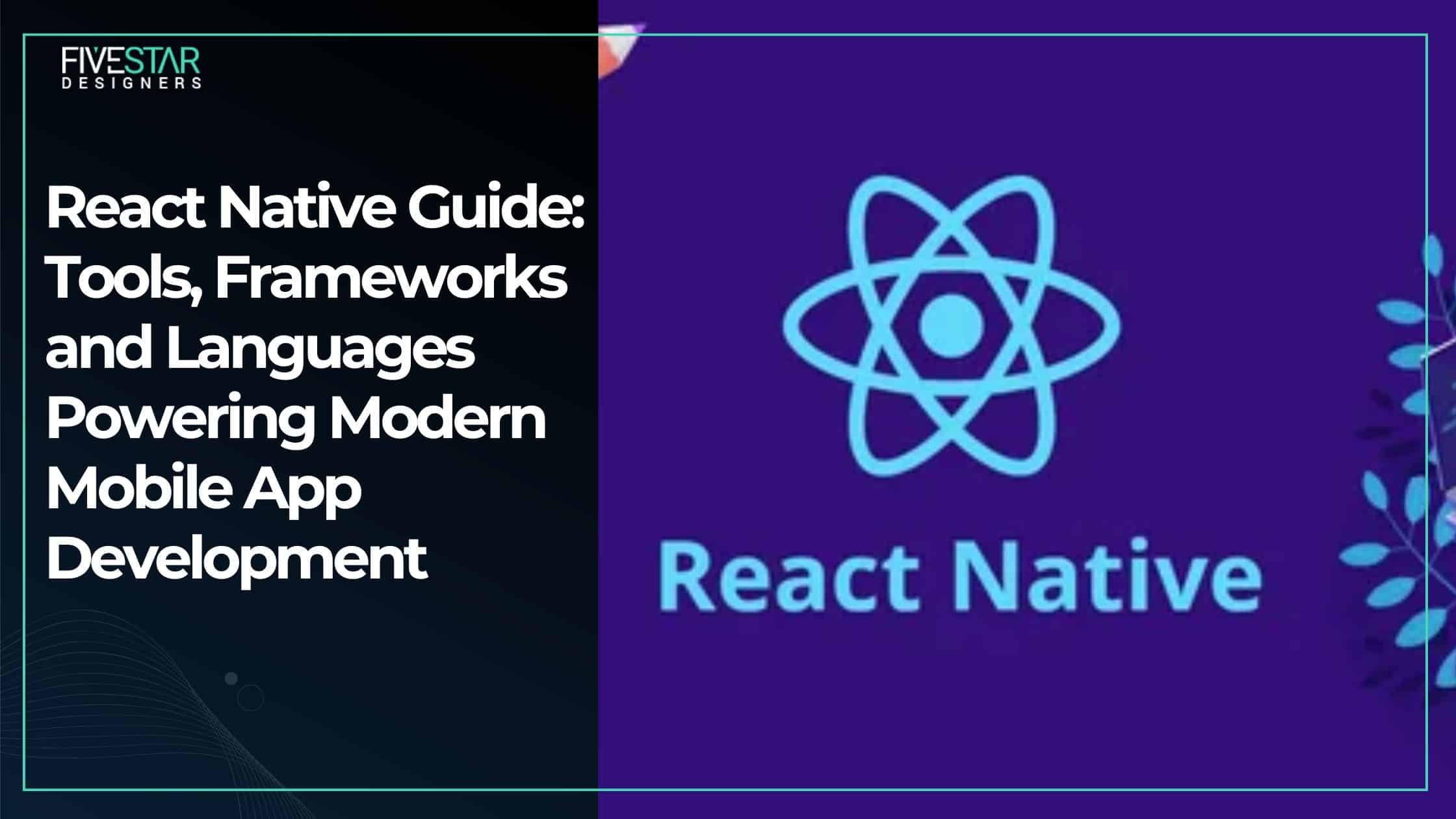React Native is one of the most sought-after mobile app development frameworks as of 2025, and its popularity is still on the rise due to its incredibly fast shipping time, which does not compromise on quality, making it a default choice for many mobile app development companies.
But why choose React native? There are many more highly competitive app development frameworks that, in many ways, match the technical prowess of React Native. Let us see how React Native holds its ground against its rivals
Why React Native Retains Its Lead In Mobile App Development
Ecosystem Momentum And Interoperability
React Native development benefits from a massive ecosystem. Native bridges let teams reuse platform-specific modules while maintaining a single JavaScript runtime. That interoperability reduces duplicated effort and accelerates iteration cycles.
Developer Velocity And Cognitive Affordances
The paradigm relies on declarative UI and component composition. Engineers familiar with React on the web often have a short onboarding curve. That yields faster feature delivery and lower context switching overhead when teams span multiple platforms.
Why Opt For React Native: Principal Advantages
Cross-Platform Coverage With Predictable Tradeoffs
React Native frameworks enable a single codebase to drive iOS and Android deliverables. Tradeoffs exist around absolute UI parity and low-level performance in compute-heavy paths. Pragmatic squads mitigate those tradeoffs by isolating hotspots and selectively dropping into native modules.
Lower TCO And Faster Time To Market
Project budgets often shrink when shared logic increases. With shared state management patterns and an array of well-supported libraries, teams iterate quickly. This often leads to earlier user feedback and fewer late-stage rewrites.
What React Native App Development Services Entail
Service Tiers And Deliverables
Hired teams commonly provide discovery, architecture design, implementation, and maintenance. In practice, architecture reviews are decisive. A mature React Native architecture anticipates native module boundaries, code push strategies, and deterministic build pipelines.
Common Integration Points
Native Modules And Interop
When an app requires hardware-accelerated rendering or complex multimedia processing, developers inject native modules. That keeps the main thread responsive while delegating heavy lifting to platform code.
CI Pipelines And Deployment
Automated builds, test runners, and artifact signing are standard. Continuous integration systems must accommodate both Xcode and Gradle toolchains. A misconfigured pipeline is the single largest source of deployment friction.
Top Strategies For Scaling Your App With React Native Development
Architectural Patterns That Survive Growth
Adopt unidirectional state systems and split feature domains into encapsulated packages. This reduces coupling and makes parallel workstreams viable. Avoid monolithic stores that morph into maintenance liabilities.
Performance Budgeting And Observability
Establish performance budgets early and instrument rendering metrics. Track frame drops, memory allocations, and bridge crossings. Observability prevents regressions from propagating into releases.
Practical Tactics
- Code-split UI modules into lazy-loaded chunks.
- Move heavy computations out of JavaScript into native threads.
- Use profiling tools to find paint bottlenecks.
Recent Enhancements In React Native Tooling
Build Tooling And Developer Experience
Tools for React Native have matured considerably. Bundlers and fast refresh iterations have reduced wasted compile cycles. Metro bundler improvements and alternative packagers aim to shrink cold start times for large bundles.
State Management And Concurrency Patterns
Newer libraries embrace concurrent rendering models and provide safer async primitives. That reduces UI jank and gives developers finer control over resource scheduling. Keep an eye on adoption rates before committing to bleeding-edge libraries.
Ecosystem Libraries Worth Considering
A short list of widely adopted options will orient engineering choices. Use the best React Native libraries when they align with your architecture and support policy.
Notable Mentions
- State orchestrators that adhere to immutable models.
- Navigation libraries that support nested stacks and deep linking.
- Native UI sets that provide consistent primitives across platforms.
React Native Versus Flutter
Philosophical And Practical Differences
The most distinguishing difference between the two rivals is the language. JavaScript or TypeScript are the typical React Native languages, whereas Flutter is based on Dart. The rendering model also adds to their unique differences, as Flutter renders pixels itself and React Native converts and translates your JavaScript into native components of that specific platform.
When React Native Wins
React Native wins when the app development team is more familiar with and skill-equipped for JavaScript and can reuse extensive web code for quick development. React Native is also preferred for developing apps that require access to native platform interfaces and are undergoing transition to or from native development.
Closing Thoughts
The React Native framework still remains the top choice for many mobile app development companies due to multiple factors, including the developer familiarity, ease of modifications and iterations on the fly, and not to forget the vast array of tools for React Native. All this allows for confident and speedy development processes, earning the favor of the first choice for many mobile app development teams.
Apps built with the best React Native libraries show little to no compromise on quality compared to their Native counterparts. This saves development time and cost, making it a win-win situation for businesses and software houses alike. So what are you waiting for? Book a free consultation with 5StarDesingers and hit the markets early with your very own React Native-powered app!
FAQs
What programming languages are used for React Native development?
JavaScript and JSX are the primary React Native languages used for mobile app development; however, some native code may also be written in Java, Swift, or Objective-C.
What are some popular libraries used in React Native projects?
The best React Native libraries include React Navigation, Redux, and Axios. Other notable libraries include React Native Elements and Lottie.
How do I handle state management in a React Native app?
State management can be handled using built-in React state, Redux, or MobX. The choice depends on app complexity and developer preference.




